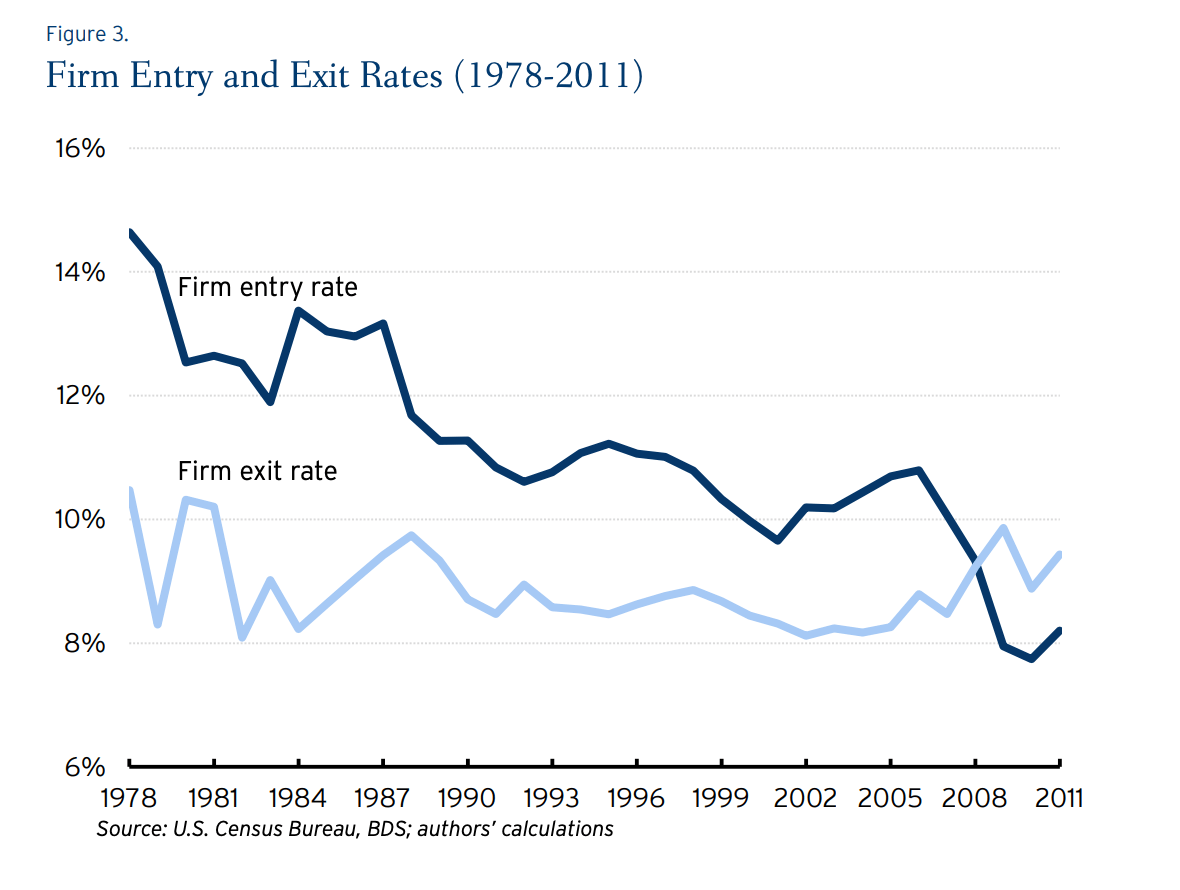The EOS Model® provides a useful foundation for businesses, but it falls short in addressing key aspects of creating an growth. By incorporating additional elements from the Gravitas 7 Attributes of Agile Growth® model, businesses can create a more comprehensive system that promotes growth while maintaining smooth operations. Focusing on Leadership, Strategy, Execution, Customer, Profit, Systems, and Talent, the 7 Attributes of Agile Growth® offer a more encompassing approach to achieving success.

The Underpaid and Under-Employed Need Protections Too
COVID caused Congress to respond a few months ago, but now as the CARES Act and other protections expire, Congressional action is missing. What form of stimulus emerges, who knows. For the moment, it looks like the additional $600 in unemployment is out, to the cheers of many, who see it as a work disincentive.
As usual, those who are pushing for its demise are loathed to let facts get in the way of a convenient theory. A recent survey of economists, who usually disagree on everything, found 0% disagreed with the idea that “employment growth is currently constrained more by firms’ lack of interest in hiring than people’s willingness to work at prevailing wages.”
There are several arguments why.
- Benefits. For many Americans, their jobs provide health care and retirement benefits, so it makes no sense to reject a position with potential lifetime benefits to receive a few more unemployment checks. However, many of the workers benefiting from the additional payments do not receive such benefits, so I am convinced how much weight this argument carries.
- No unemployment if workers don’t return. Some states require employers to report employees who decide not to return to work, and if the refusal is for anything other than health concerns, the benefits stop. However, given that most states’ unemployment offices are overwhelmed, how effective this is at present is questionable.
- Job Vacancies. If companies could not fill job openings, the number of vacancies would be high. However, in April, the U.S. recorded the lowest level of job vacancies since 2014. Vacancies have risen slightly since then. Also, Homebase data shows that applicants per job doubled in early April, suggesting that laid-off workers were seeking new employment. Here is evidence that the additional payment is not stopping people from looking for work.
- Rising wages. If companies could not fill job openings, the laws of supply and demand would expect wages to rise to such point that they could fill them. According to Goldman Sachs, average hourly earnings in Q2 2020 increased by about 7%, which initially would give weight to this idea. However, on inspection, this is primarily because low-paid workers have lost jobs in disproportionate numbers, dragging average wages upwards. Therefore either the market is failing, or there are just no jobs.
Thus it would appear that the additional benefit is not the detriment to work that many assume. However, there is no doubt that the removal of the additional support will drive more people back to work as they struggle to survive financially. This result may not be the panacea that many hope.
As I have said many times, this is a public health crisis, and until we address it, the economy will not recover. Well, looking at the data, it appears that the Gig economy and low paid workers may be compounding the health care problem. According to medical historian Frank Snowden in his new book, Epidemics, and Society, “Epidemic diseases are not random events that afflict societies capriciously and without warning. On the contrary, every society produces its specific vulnerabilities.” Thus, he wrote, a disease provides insight into a “society’s structure, its standard of living, and its political priorities.”
On inspection COVID’s destruction show one common factor, clusters of infection have been associated with those whose work is low-paid, insecure, and contingent. Researchers at the London School of Hygiene and Tropical Medicine, have found that nearly 80% of infections are traceable to:
- food processing plants,
- ships,
- aged care homes,
- grocery stores,
- factories,
- bars, restaurants,
- shops and
- worker dormitories.
All of which are associated with low pay and poor job security. While some office workers have contracted the disease, those infections are primarily the result of a business conference. In the U.K., the increasing number of outbreaks in care homes results from temporary staff, on zero-hours contracts, who get transferred between facilities.
This trend is not in the U.K. In the U.S., many of the most significant outbreaks were in with meatpacking plants, which are known for poor working conditions. Furthermore, the mortality rate is highest for African Americans and then Hispanics, people who have the majority of working-class service sector jobs associated with infection clusters. Besides, because these jobs often are considered essential workers, e.g., meeting packing plant employees, workers must be at the job site despite outbreaks in their communities. Furthermore, most such positions do not provide sick leave resulting in many working when they are sick.
Many of those who work in such positions, also meet other criteria the CDC has identified as a source of infections. They live in:
- Densely populated areas and cannot practice social distancing.
- Homes with a lack of complete plumbing making handwashing and disinfection harder.
- Neighborhoods that are farther from grocery stores and medical facilities, making it harder to stay home and to receive care if sick.
- Areas where they have to rely on public transportation, making it hard to practice social distancing.
- Multigenerational households and multi-family households where older family members cannot be protected and the sick isolated.
While some front line health care workers have caught COVID, these infections are at a lower rate than medics less directly exposed. Thus straightforward precautions appear to be sufficient to reduce the risk of disease significantly.
So rather than pushing workers back into harm’s way and turning them into new sources of infections, we should seek to provide them the same protection that white-collar employees, who have been working from home for months, enjoy. With over 4 million infections and 140,000 deaths, helping those workers would help us all get the infections under control and the economy back on track. However, we show little regard for the underpaid and under-employed, and it is now killing us.
Recent Posts
EOS is just that, an Operating System
What has COVID done to Company Culture?
COVID has affected everyone. However, companies need to examine if they have lived their core values during COVID, how they are reinforcing them in a WFH environment, and especially with the onboarding of new hires.
Profit ≠ Cash Flow
Knowing how much cash you generate is essential for planning for growth. Too many companies don’t know and when they grow they find they are continually running out of cash. Understand your cash flow generation and how to improve it through improvements in your Cash Conversion Cycle and using the Power of One.
What Are Your Critical and Counter Critical Numbers?
The key to achieving long term goals is to define short term goals that lead you there. Focusing those short term goals around a key metric is essential. However, ensure that the metric will not lead other areas astray by having an appropriate counter critical metric act as a counter balance.
Rethinking ‘Family’ Culture in Business: Fostering Performance and Success
Explore the importance of company culture and the potential pitfalls of adopting a “Family” culture in organizations. Learn how to foster a high-performance culture while maintaining key family values and discover success factors for family businesses. Rethink the “Family” culture concept and create a thriving environment for your organization.
Do You Truly Know Your Core Customer?
Knowing the profit of your core customers is key to building a growth model. Many companies have identified core customers that are generating a sub-optimal profit and so they cannot realize the profits they seek. Identifying the correct core customer allows you to generate profits and often operate in “Blue Ocean.”
The Spectacular Rise and Fall of the European Super League
The European Super League (ESL) collapsed within 48 hours of its announcement due to hubris, a lack of value creation, and fan backlash. The founders’ arrogance led them to disregard European football’s deep-rooted traditions and culture. At the same time, the focus on wealthy club owners instead of merit undermined the essence of the competition. The fierce backlash from fans, who felt betrayed by their clubs, demonstrated the importance of prioritizing supporters’ interests in football.
When Should I Sell My Business?
Many business owners want to sell at the top of the market. However, market timing is tough. Is this the best strategy? Probably not.
Does Your Financial Model Drive Growth?
Working with many companies looking to grow, I am always surprised how many have not built a financial model that drives growth. I have mentioned before a financial model that drives growth? Here I am basing on Jim Collin's Profit/X, which he laid out in Good to...
COVID = Caught Inside
As we emerge from COVID, the current employment environment makes me think of a surfing concept: “Being Caught Inside When a Big Set Comes Through.” Basically, the phrase refers to when you paddle like crazy to escape the crash of one wave, only to find that the next wave in the set is even bigger—and you’re exhausted. 2020 was the first wave, leaving us tired and low. But looking forward, there are major challenges looming on the horizon as business picks up in 2021. You are already asking a lot of your employees, who are working flat out and dealing with stress until you are able to hire more. But everyone is looking for employees right now, and hiring and retention for your organization is growing more difficult.















